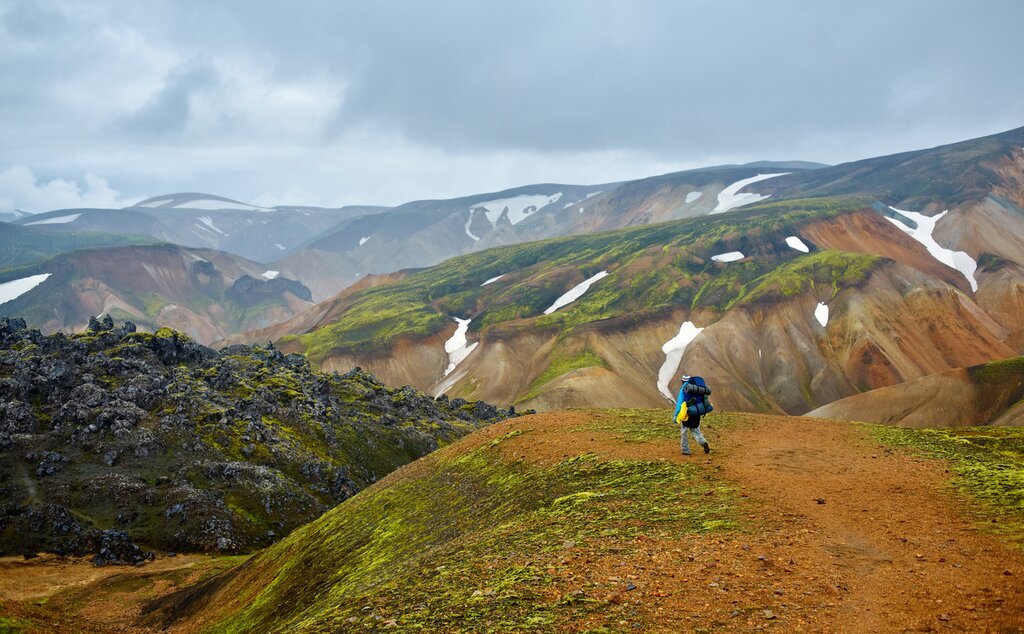Iceland is a destination that can capture the imagination of any traveler. Whether visiting for a romantic honeymoon, chasing the northern lights on a solo adventure, exploring with the whole family, or setting out on active excursions like canyon rafting, glacier climbing, waterfall treks, or horseback riding, Iceland promises memorable experiences.
One thing all these trips have in common is the need for a smart packing list. No matter where you go, you'll need to be ready for rapidly changing weather and pack layers that can handle sun, wind, rain, and even snow in a single day. Try to keep your luggage streamlined—one suitcase and a backpack—so it's easy to move around, especially if you're road-tripping the Ring Road or hopping on domestic flights. Thoughtful packing ensures you'll stay warm, dry, and comfortable while getting out of doors to explore Iceland's untamed landscapes.
What to Consider Before Packing
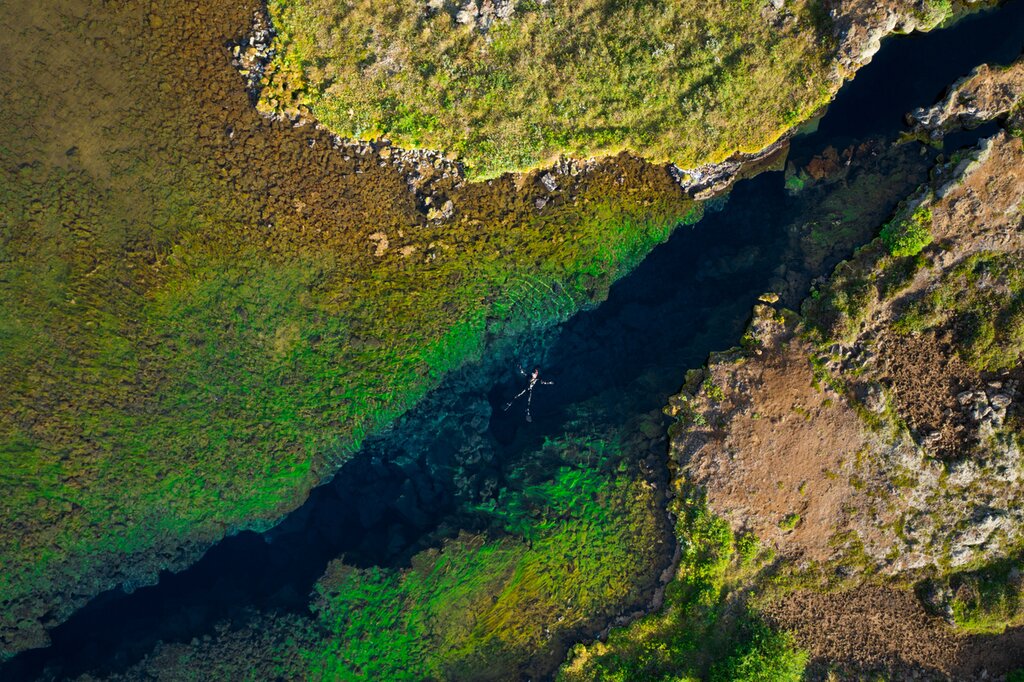
A little planning goes a long way when packing for Iceland since the country's conditions are unique. If traveling during the summer, for example, you'll want to throw a sleeping mask in your bag to combat the long daylight hours of the midnight sun. Yet if you're arriving during prime northern lights viewing season, you may want to swap the eye mask for a tripod and extra camera batteries. Here are the main things to consider before you start filling your suitcase:
- At what time of year will you travel?
- How many days will you spend in Iceland?
- Which regions in Iceland do you plan to explore?
- What do you plan to do while in the country?
Consider activities that might need special gear, such as sturdy hiking boots for a glacier or volcano hike, a swimsuit for soaking in a geothermal pool (or snorkeling between the tectonic plates at Silfra!), or whalewatching off the coast of Húsavík. Once you have a better idea of your itinerary and particular needs, you can start planning your packing list, concentrating on clothing, shoes, and essential gear, such as wind and rain protection and thermal baselayers.
Clothing & Layers
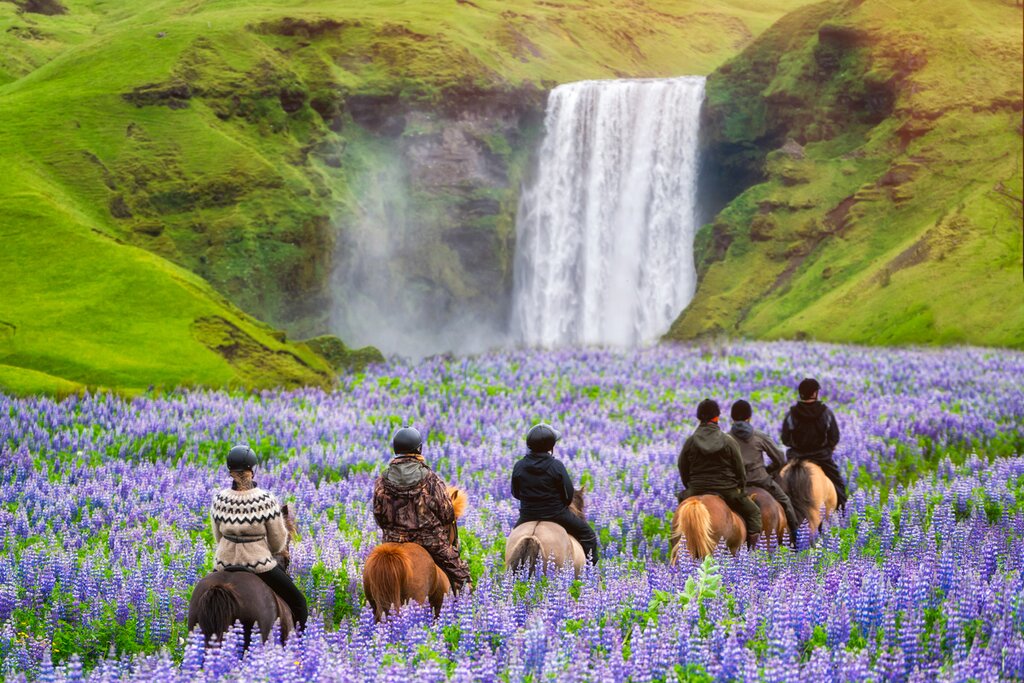
Iceland is known for having "four seasons in a day." Sunshine, rain, wind, and even snow can happen in quick succession—no matter the month. So with that in mind, pack with a layering mindset—think "onion style." Instead of one bulky coat, multiple thin layers will better adapt to Iceland's fast-changing weather.
Base layers (thermal tops & leggings)
Iceland's temperatures may not always seem extreme on paper (summers average 45°F-57°F / 7°C-14°C and winters are about 28°F-37°F / -2°C-3°C), but the combination of wind and damp weather makes it feel much colder. Merino wool or synthetic base layers keep you warm without trapping moisture.
Mid-layers (fleece or wool sweaters)
A warm, insulating layer is key for layering. Wool is traditional and excellent at retaining heat even when damp, while fleece is lightweight and easy to pack.
Outer shell (waterproof/windproof jacket & pants)
The weather can shift from sunny to pouring rain in minutes. A high-quality shell will keep you dry and shield you from Iceland's notorious winds, especially around waterfalls, coastal areas, and the highlands.
Warm hat, gloves & scarf (or neck gaiter)
Even in July, nights can dip close to freezing, particularly in the highlands, and wind chill adds an extra bite. A wool beanie and touchscreen-friendly gloves are especially useful.
Swimsuit
Hot springs are an iconic part of the Icelandic experience. From the Blue Lagoon to natural geothermal pools hidden in the countryside, you'll want a swimsuit handy.
Casual wear
Reykjavík has a laid-back but stylish vibe. Comfortable jeans, sweaters, or casual dresses are perfect for evenings out without feeling overdressed.
Chat with a local specialist who can help organize your trip.
Footwear
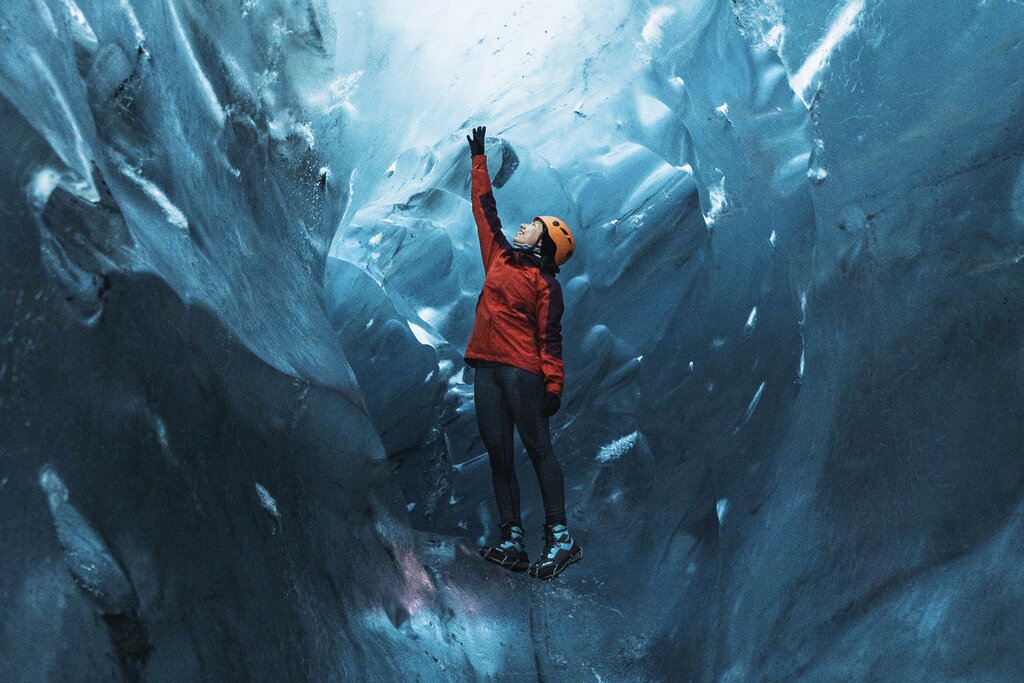
Waterproof hiking boots
A solid pair of waterproof hiking boots with ankle support and good grip is essential for exploring slippery or rocky terrain, which you'll definitely encounter when exploring waterfalls, lava fields, the coast... and just about anywhere!
Comfortable walking shoes
Not a must, but in Reykjavík and smaller towns, you'll appreciate something lighter than hiking boots for strolling to cafés and visiting museums and shops.
Warm socks (wool or thermal)
Invest in several pairs of high-quality socks, like those made from merino wool. They'll keep your feet warm and dry while preventing blisters on hikes. If you plan on joining any longer-form treks, have a couple of pairs on hand in case one gets wet.
Ice cleats/crampons
If you have them, it might not hurt to bring a set of crampons for that added traction on an icy path or road. That said, if you're joining a glacier or ice cave tour that involves trekking, you'll be provided with a pair.
Essential Gear & Accessories
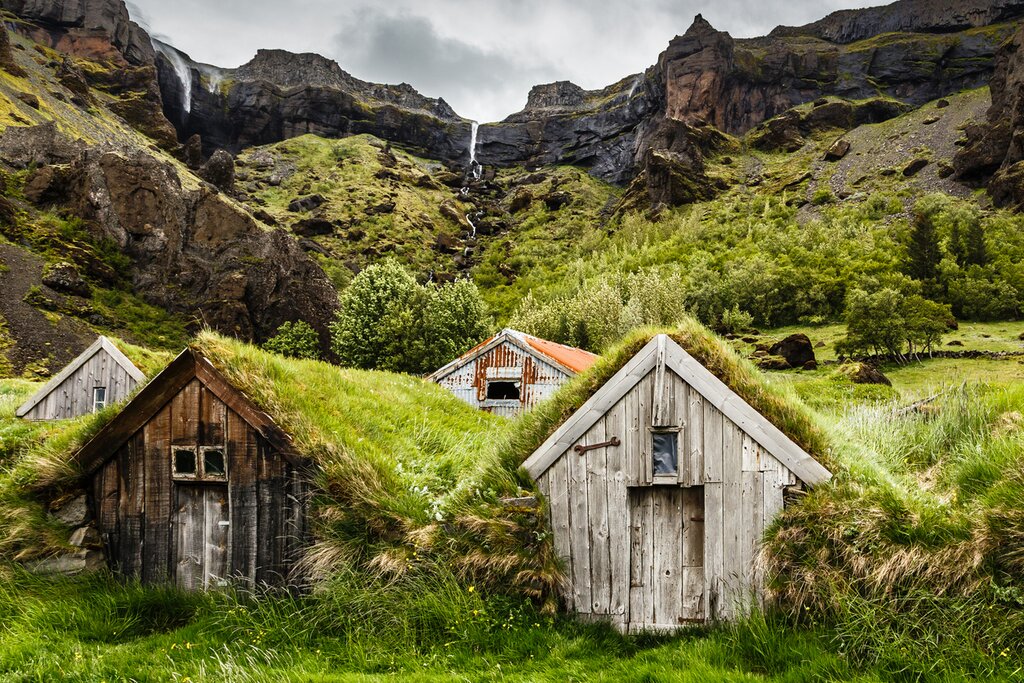
Iceland is expensive, so it's better to be prepared by packing your essentials than relying on buying things there at the last minute.
Daypack (waterproof or with a rain cover)
A great way to bring your daily essentials (layers, snacks, water, camera, etc.) on day trips is to have a pack (waterproof or a cover for one in case of a sudden downpour).
Reusable water bottle
Iceland's tap water is among the cleanest in the world, so you can skip buying (pricey) bottled water and refill on the go.
Travel towel & flip-flops
Many hot springs are in rural spots without full amenities. A microfiber towel dries quickly, and flip-flops are perfect for change rooms and showers.
Sunglasses & sunscreen
Iceland may be cool, but UV rays are strong, especially near glaciers, snow, or on long summer days with 20+ hours of daylight.
Headlamp or flashlight
In winter, daylight may only last 4-5 hours. A compact headlamp helps if you're exploring caves, hiking at dusk, chasing the northern lights, or even fumbling around in rural accommodations.
Camera & waterproof phone case
The scenery is breathtaking, and you'll want to capture it. A waterproof case or dry bag keeps electronics safe near waterfalls, beaches, or in rainstorms.
Digital camera, tripod & spare batteries
If you plan to visit during northern lights season (October through March) and want to snap pictures, bring your digital camera, a tripod (not essential but definitely helpful for those long exposures needed to capture the auroras), and spare batteries (freezing temperatures can deplete batteries faster than you'd think).
Read this article for tips on viewing the northern lights in Iceland.
Practical Extras
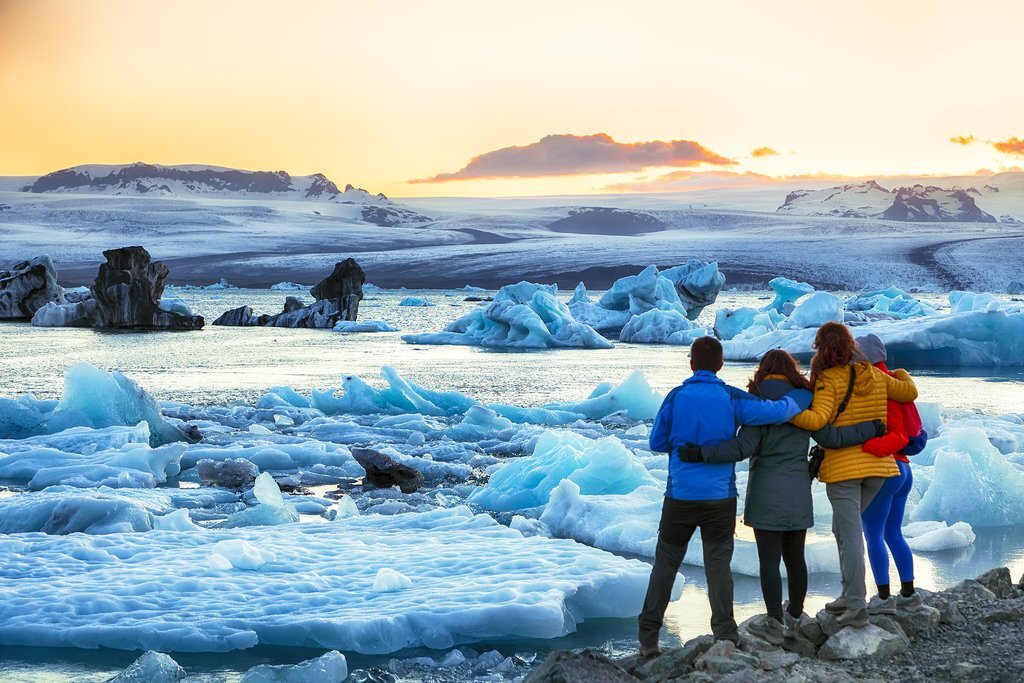
Power adapter (Type C/F, 220V)
Iceland uses the standard European plug, types "C" and "F," which have two round prongs and supply a different voltage than North America (230 V/ 50 Hz). Bring a universal adapter if traveling from outside Europe.
Dry bag
Most hot springs don't have a swimsuit dryer, so travelers may want to pack a plastic bag or dry bag to carry their wet swimsuits.
Waterproof phone case
Travelers may also want to bring a waterproof phone case for the hot springs. Some places offer these for rent, but most don't.
Medications & toiletries
Pharmacies are available, but essentials like ibuprofen, motion sickness tablets (for boat tours like this Jökulsárlón glacier lagoon one), and basic toiletries likely cost more than at home, so come prepared.
For travelers with medical conditions that impair speech or cause life-threatening symptoms, it's strongly advised that they wear a medical alert bracelet that clearly states their condition and an emergency contact number.
Insect repellent
Biting midges (gnats or no-see-ums) can be bothersome around lakes (like Mývatn), particularly in the summer. If you have the space to pack a small bottle, do so.
Moisturizer & lip balm
Cold air and indoor heating can be very drying, particularly during the winter months.
Hand & foot warmers
Hand and/or foot warmers are great for long nights outside watching the northern lights.
Sleep mask
With the long daylight hours of the midnight sun, blackout curtains at your accommodation aren't always guaranteed, and a sleep mask will come in handy.
Snacks
Gas stations are frequent, but choices can be limited and pricey. Energy bars, trail mix, or dried fruit make excellent road trip and hiking fuel.
Have more questions about your trip to Iceland? Take a look at our comprehensive Iceland FAQ.
